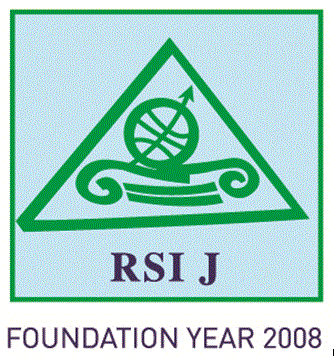Panagiotis KOUDOUMAKIS
Dr. Civil Engineer
Democritus University of Thrace (DUTh), Department of Civil Engineering, Greece
pkoudoum@civil.duth.gr
George BOTZORIS
Associate Professor, Democritus University of Thrace (DUTh), Department of Civil Engineering, Greece
gbotzori@civil.duth.gr
Angelos PROTOPAPAS
Professor, Democritus University of Thrace (DUTh), Department of Civil Engineering, Greece
aproto@civil.duth.gr
Abstract
The Cohesion Policy’s (CP) contribution to the development and convergence of EU regions is examined by utilizing the most complete historical data about CP payments regionally. Through the implementation of the neoclassical econometric model, the positive contribution, with a room of improvement, of CP to development and convergence of EU regions is substantiated. Moreover, the contribution of the secondary sector is emerging as the most critical. It is argued that the provision of reliable data of the implementation of CP contributes decisively towards reducing the complexity and heterogeneity of results. Also increases their potential to be utilized in assessment and design programs.
Keywords: Cohesion Policy of the European Union, Regional development and convergence, Econometric model, Data reliability and representativeness, Secondary sector
JEL classification: R11, R58, R15
pp. 277-290
